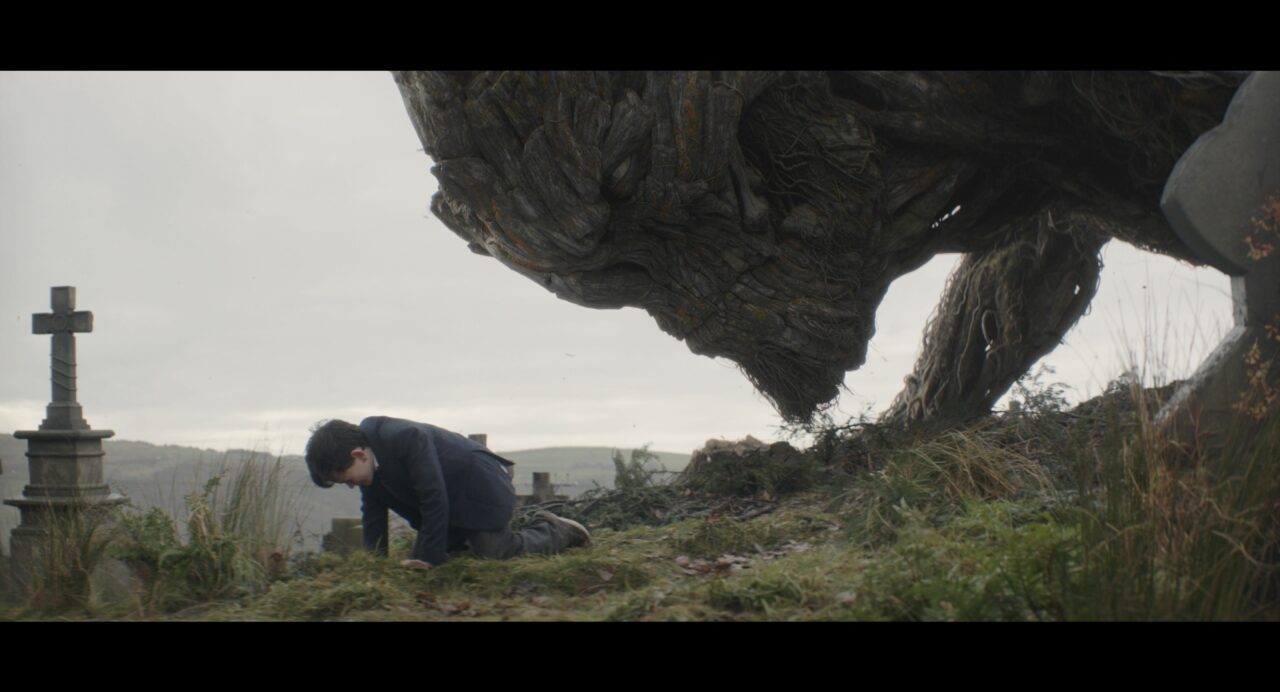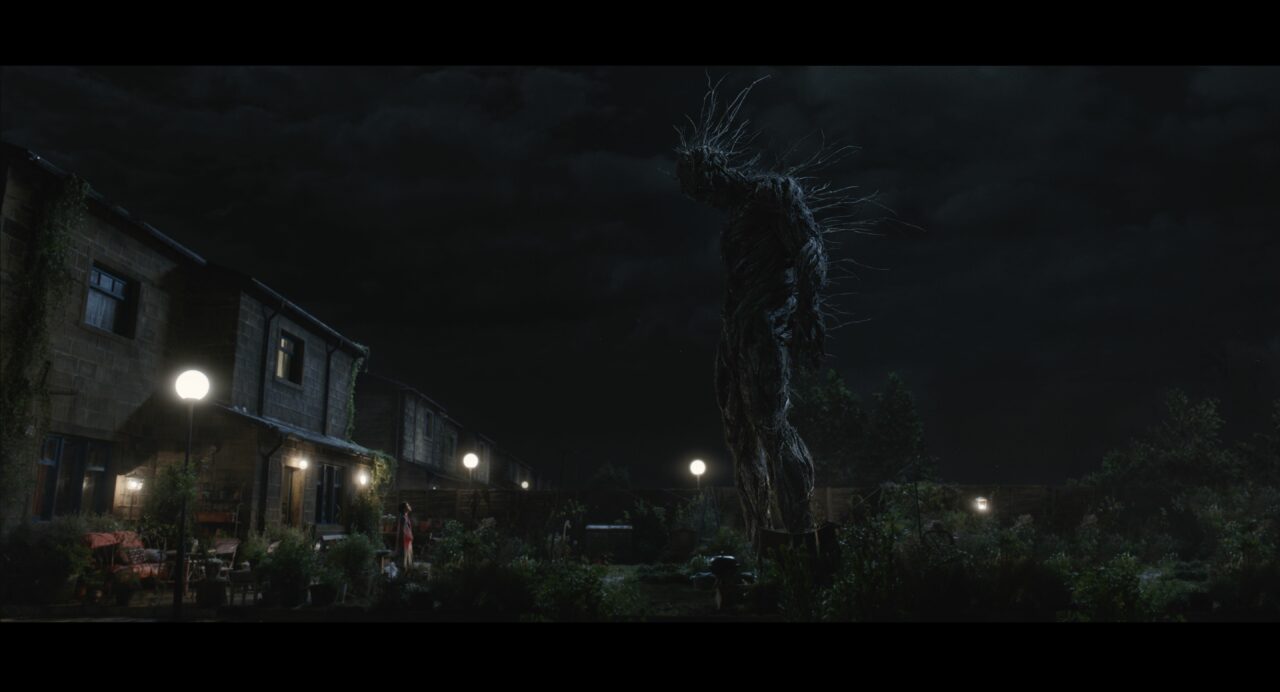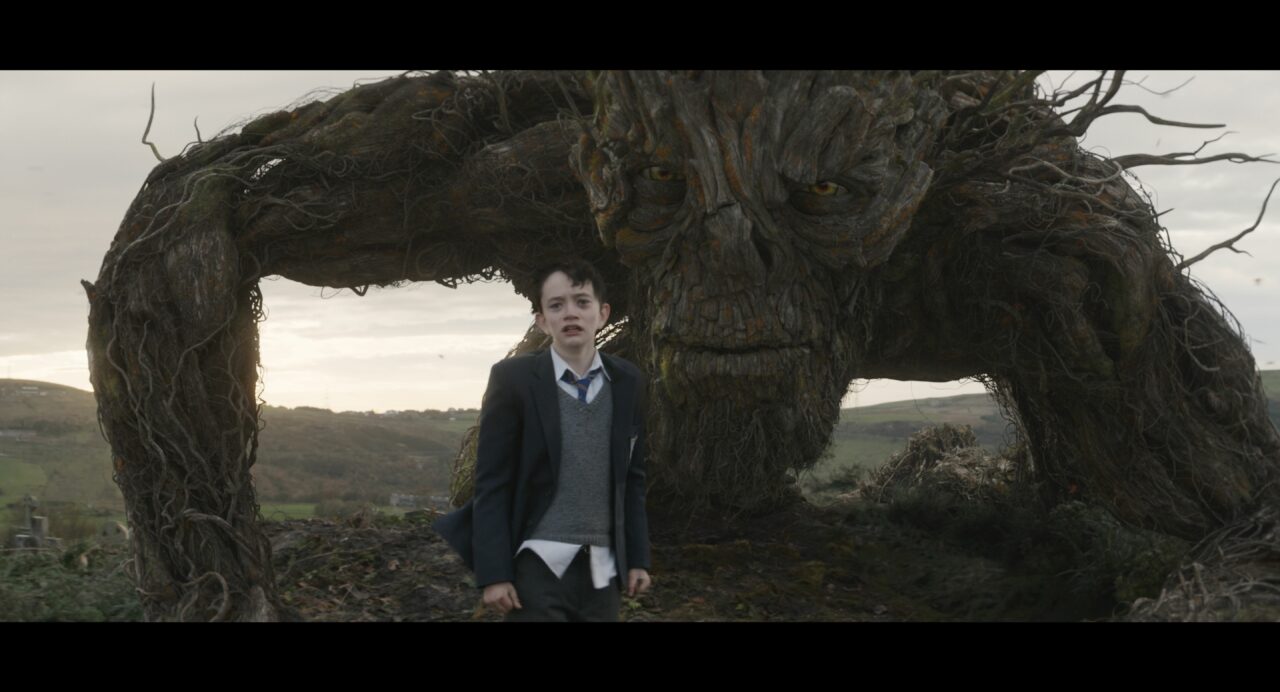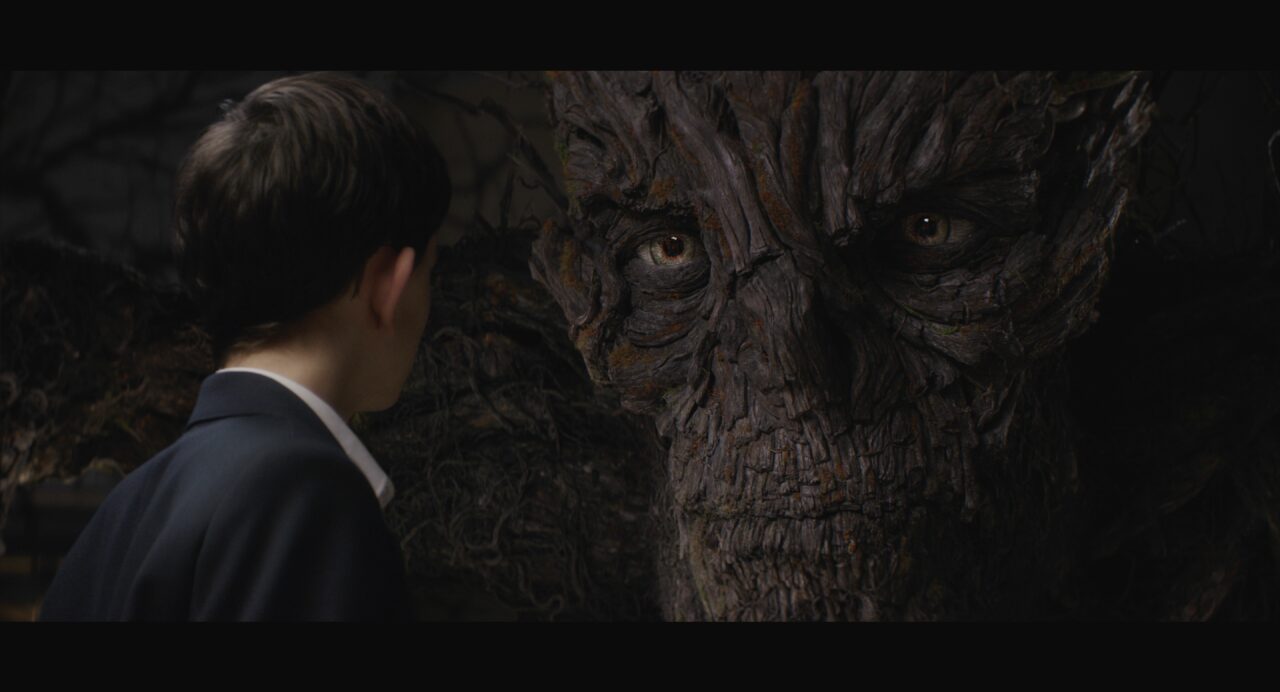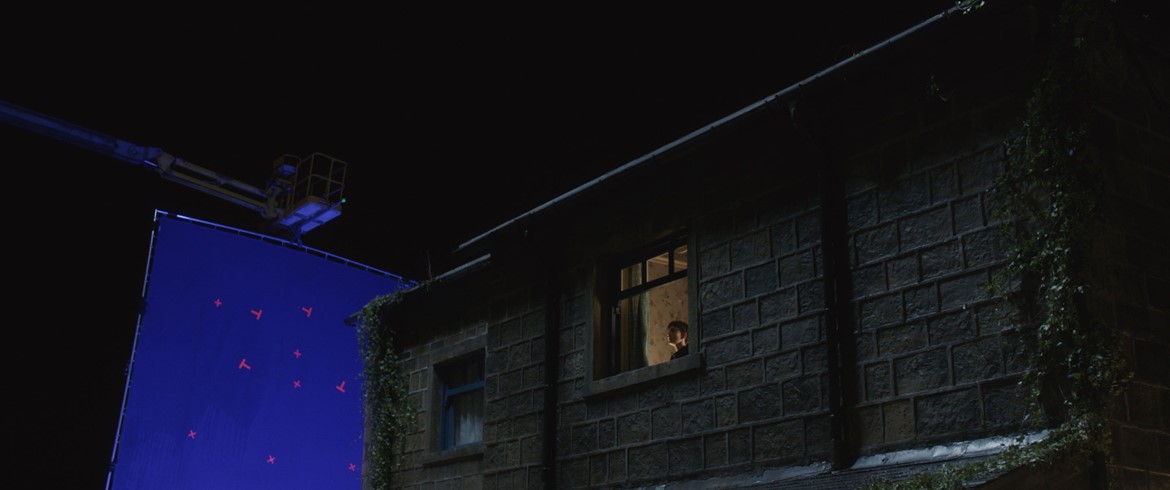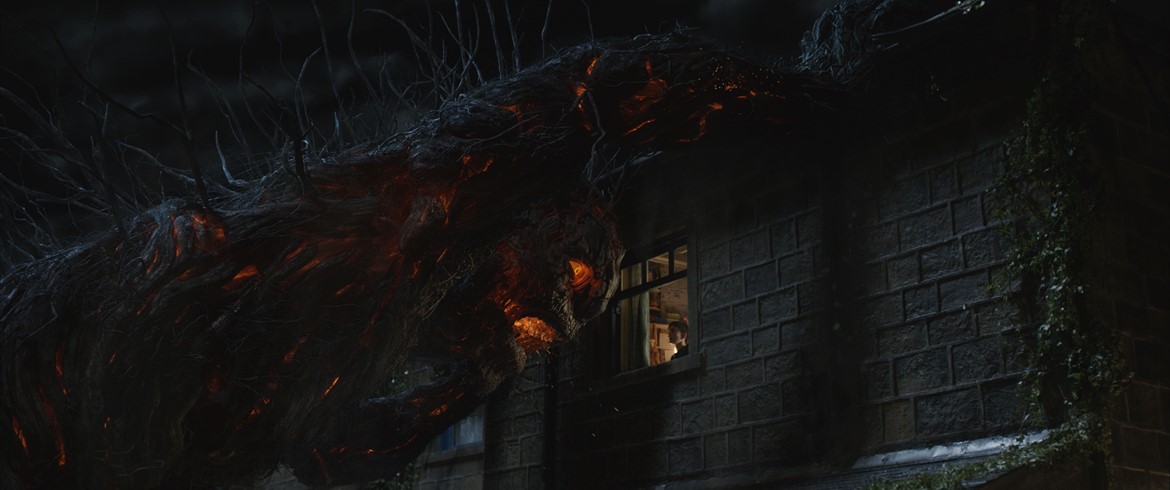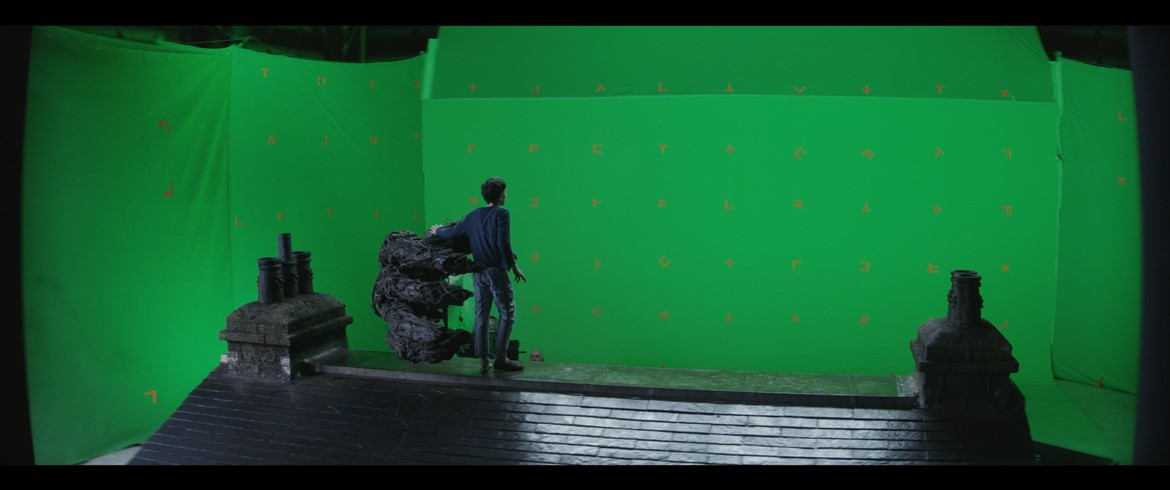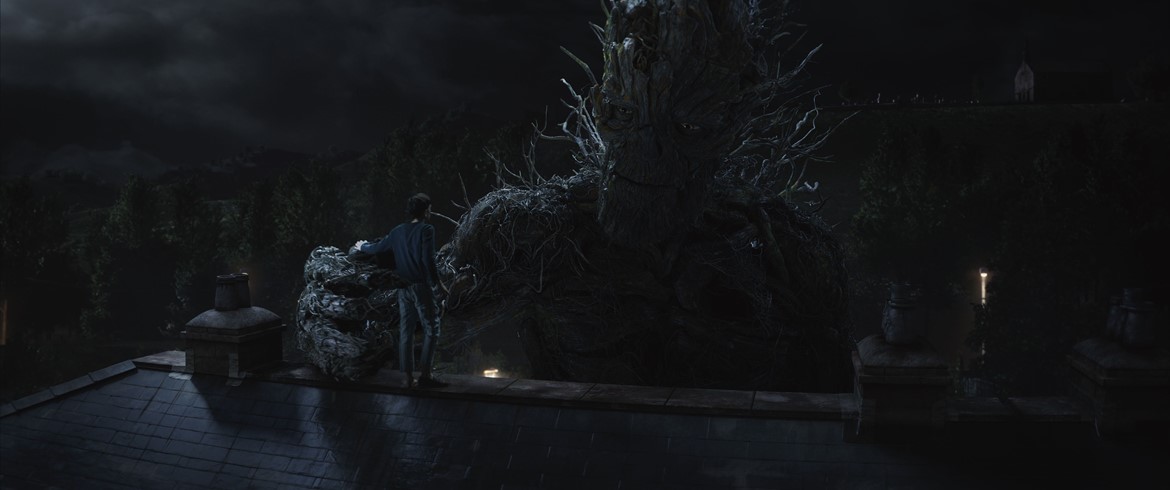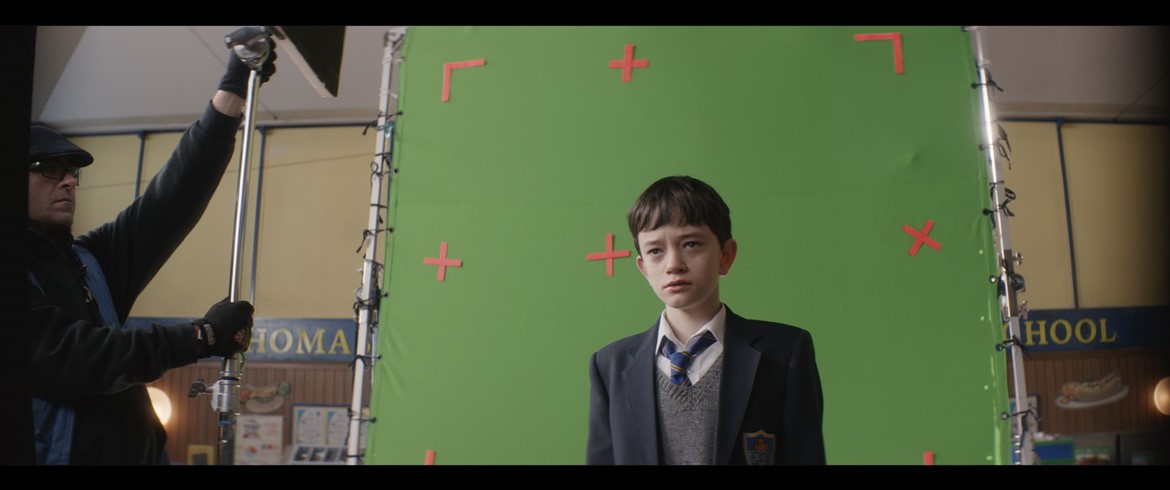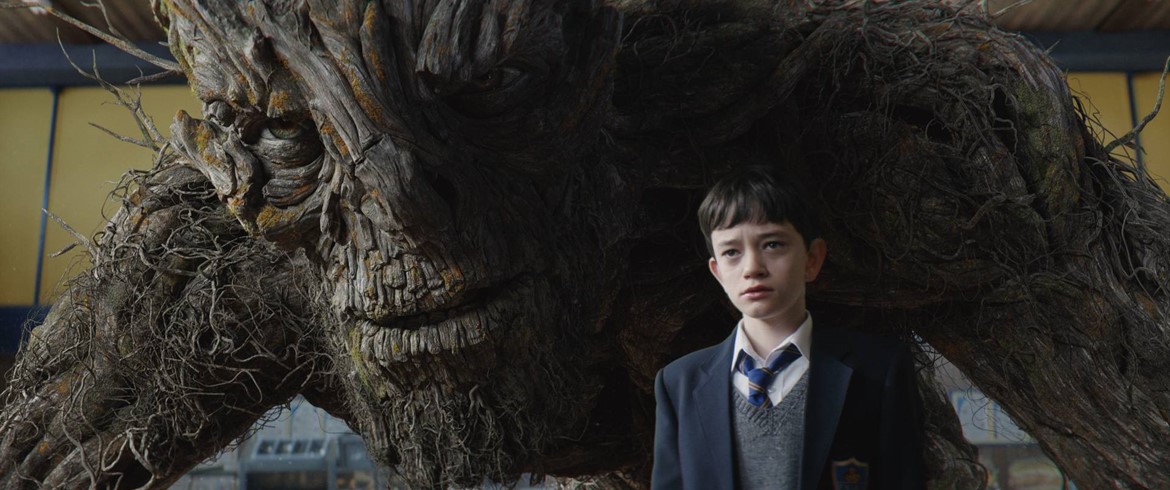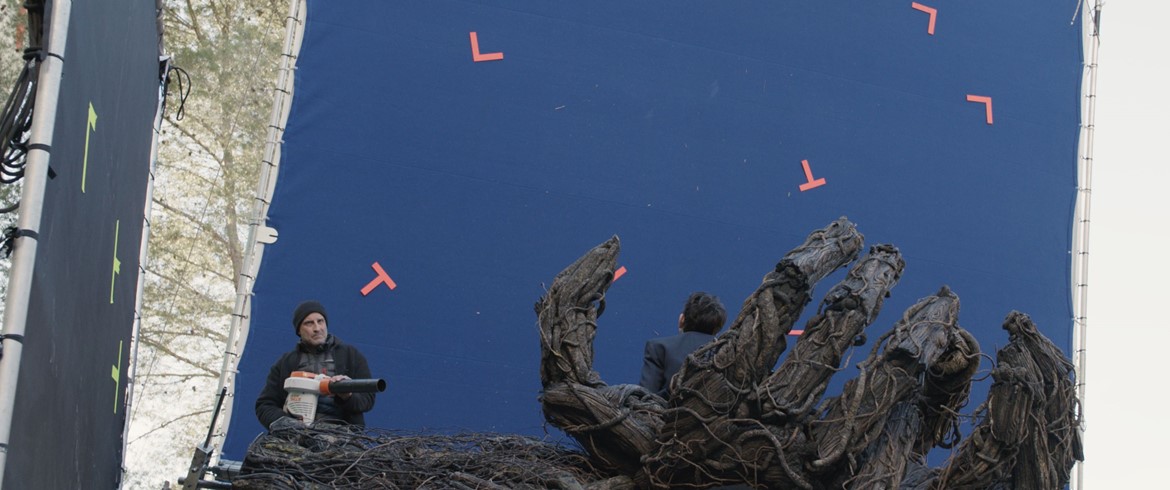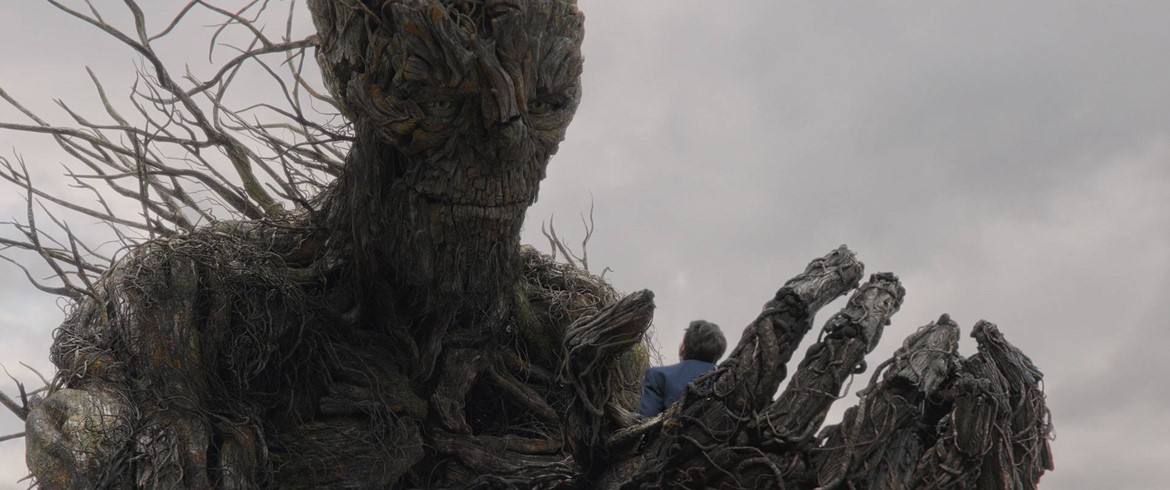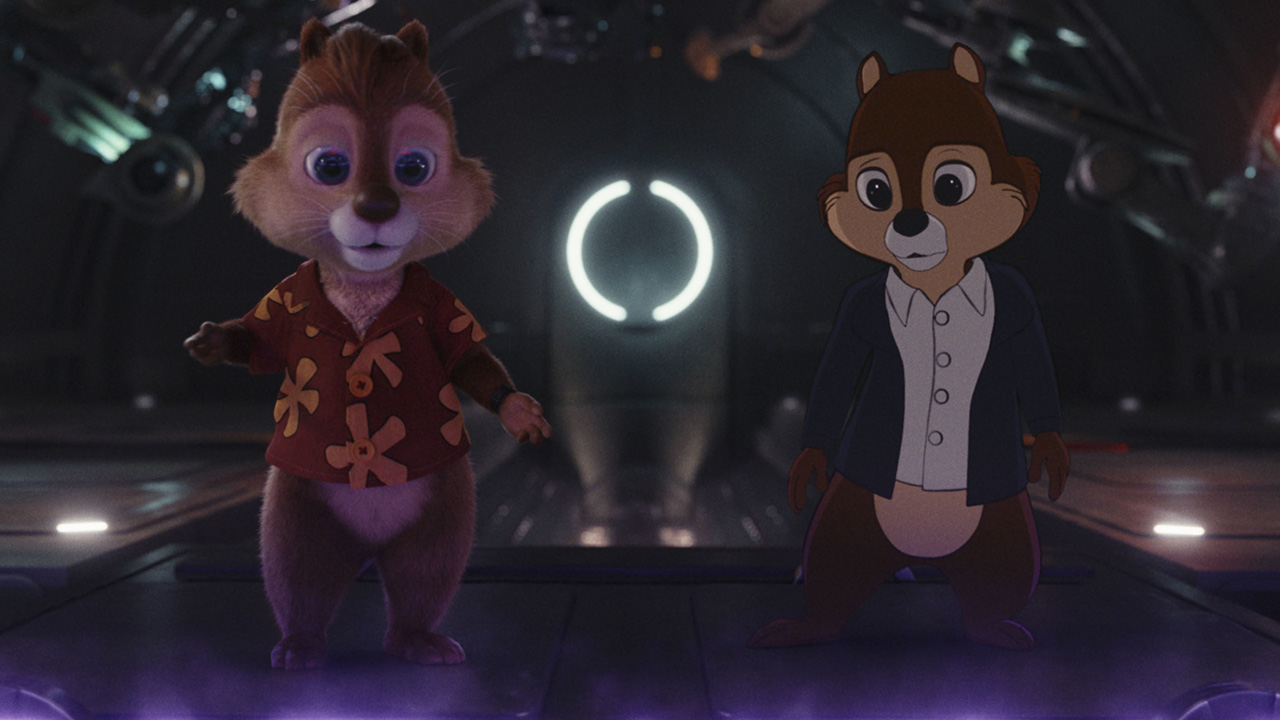12-year-old Conor is dealing with far more than other boys his age. His beloved and devoted mother (Felicity Jones) is ill. He has little in common with his imperious grandmother. His father has resettled thousands of miles away. But Conor finds a most unlikely ally when the Monster appears at his bedroom window one night.
MPC Montreal VFX Supervisor Ferran Domenech led MPC’s team, completing more than 180 shots, to deliver the vision of director Juan Antonio Bayona. MPC’s team was presented with the challenge of creating the titular Monster (voiced by Liam Neeson) for the transformation and close-ups shots throughout the movie. MPC handled the talking performance shots as well as the modeling of the creature’s full body, sharing the finished asset with other vendors, overseen by Production VFX Supervisor Felix Berge.
MPC Montreal’s work consisted mainly of close-up dialogue scenes of the monster against the emotional performances of young Conor O’Malley (Lewis MacDougall) throughout the film. MPC’s team also created the transformation from a Yew tree into the monster and the enraged variation where he turns into a bigger and scarier version of himself with an internal fiery glow and protruding spiky branches.
MPC modelled and adjusted the monster’s facial anatomy from the original head scan supplied from production, to work for the expressive dialogue performances needed. The CG modelling team modelled and textured the whole body as a mix of different types of virtual wood pieces intertwined with branches and vines that were then rigged to articulate and simulate a musculature and nervous system.
Great attention was placed in the creation of the Monster’s eyes, which would be crucial in communicating emotion to the audience and are seen in extreme close-ups throughout the movie. They were re-designed to be closer to human eyes to achieve a deeper emotional connection with viewers whilst keeping a natural tree like base quality at its root. This was achieved by using textures from lighter wooden surfaces on the sclera, while the colour palette of the iris was derived from the moss that covers its body and the wet areas of the eyes based on different types of tree sap.
The Monster’s facial rig required the most research and development as it had to be flexible enough to perform a wide range of expressions and lipsync dialogue whilst keeping to the structure of rigid pieces of wood. For this, the whole face and body was built as a jigsaw of hundreds of sliding pieces that would neither stretch nor deform like rubber, but instead slide alongside each other. This approach was technically complex, but kept the movement of the face grounded in reality.
MPC also worked on environments for Conor’s neighbourhood and the rooftop of his house as he and the monster converse in the middle of the night about the meaning of the stories they shared.
Set extensions for the final nightmare cemetery sequence were created by MPC’s team. For the action shots, MPC’s FX and Technical Animation departments created destruction elements that collapse when the monster beats the earth with his fists, as well as other destroyable props when it rampages through the school cafeteria destroying tables, chairs, ground and the ceiling. The Technical Animation department also took on the challenge of adding wind simulations to the small branches which sprout from the monster and added dynamic leaves and bark that would fall when the monster transformed from normal Yew tree into the 40 ft tall monster. For these transformations, MPC created a fully realised Yew tree with dynamic branches and leaves with a trunk that could be animated to break into pieces to reveal the monster hidden inside as he rips himself free of the canopy.
MPC’s Animation department stepped up to the challenge of animating emotional close-up performances for the monster as full keyframe animated shots; both for body and facial acting. This was realised with a wide selection of directed video references of Liam Neeson for each scene. Although no motion capture data was used in the finals shots, the witness and helmet camera video from these sessions provided perfect guidance for the animators as they worked with the audio. This approach is best exemplified in the final emotional scenes as the monster helps Conor face his nightmare, delivering subtle true to life acting and facial performance.
